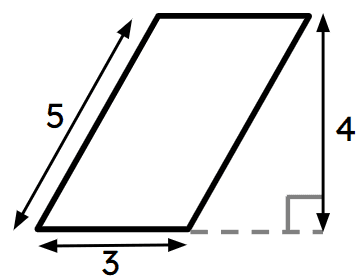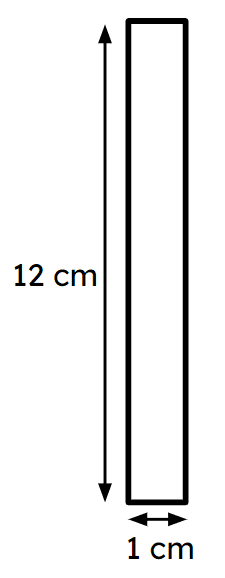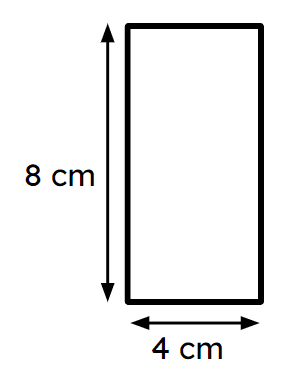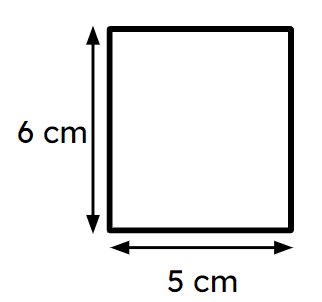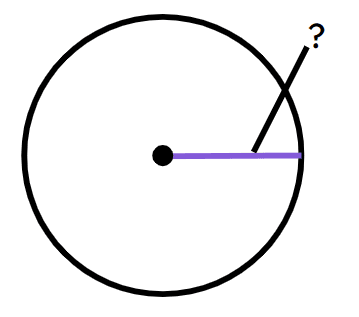Myths about teaching can hold you back
Learn why
New
New
Lesson 3 of 16
- Year 8
Multiplicative relationships in circles
I can recognise that there is a constant multiplicative relationship (π) between the diameter and circumference of a circle.
Lesson 3 of 16
New
New
- Year 8
Multiplicative relationships in circles
I can recognise that there is a constant multiplicative relationship (π) between the diameter and circumference of a circle.
These resources were made for remote use during the pandemic, not classroom teaching.
Switch to our new teaching resources now - designed by teachers and leading subject experts, and tested in classrooms.
Lesson details
Assessment exit quiz
Download quiz pdf




